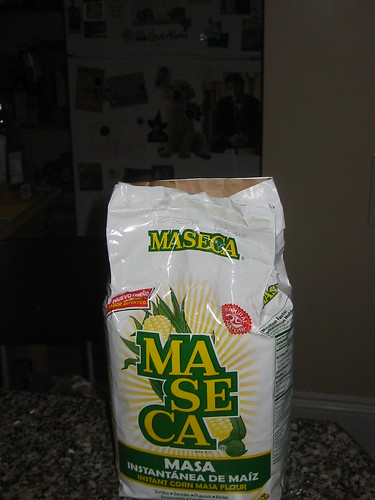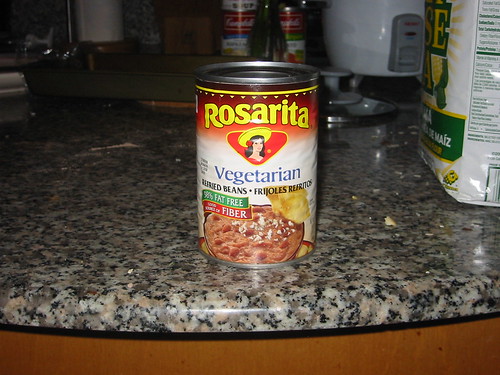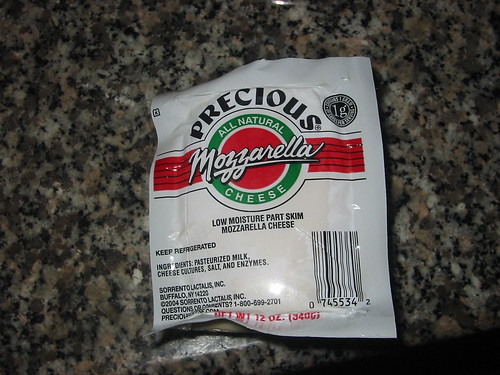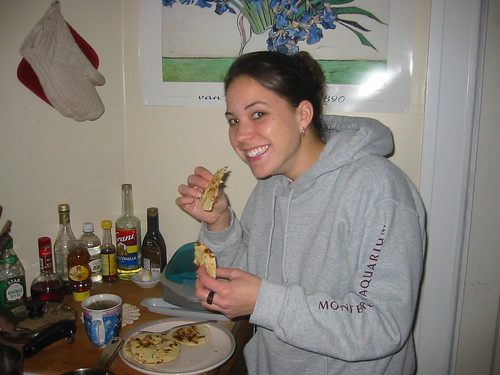This is his most recent (Tribune Tower in Oakland):


Early on, Savannah’s parents agreed that they had to set rules. First, they banned cellphone use at the dinner table and, later, when the family watched television together, because Mr. Pence worried about the distraction. “They become unaware of your presence,” he said.How has watching TV become family-togetherness time? Mr. Pence, if your children are watching TV and not texting, they're probably not thinking about your presence anyway. Heaven forbid that children be distracted from television with social interactions!
“Texting is in between calling and sending and e-mail,” he explained while taking a break from study hall. Now he won’t even consider writing a letter to his mother, Jan. “It’s too time consuming,” he said. “You have to go to the post office. Instead, I can sit and watch television and send a text, which is the same thing.”I don't really care about the preservation of the written snail mail letter. They're nice, but not really important to me. My problems:
















Principle One: The first step toward being a good neighbor is to stop being a bad neighbor.
Principle Two: Our nation's foreign policy agenda must be tied to broad U.S. interests. To be effective and win public support, a new foreign policy agenda must work in tandem with new domestic policies to improve security, quality of life, and basic rights in our own country.
Principle Three: Given that our national interests, security, and social well-being are interconnected to those of other peoples, U.S. foreign policy must be based on reciprocity rather than domination, mutual well-being rather than cutthroat competition, and cooperation rather than confrontation.
Principle Four: As the world's foremost power, the United States will be best served by exercising responsible global leadership and partnership rather than seeking global dominance.
Principle Five: An effective security policy must be two-pronged. Genuine national safety requires both a well-prepared military capable of repelling attacks on our country and a proactive commitment to improving national and personal security through non-military measures and international cooperation.
Principle Six: The U.S. government should support sustainable development, first at home and then abroad, through its macroeconomic trade, investment, and aid policies.
Principle Seven: A peaceful and prosperous global neighborhood depends on effective governance at national, regional, and international levels. Effective governance is accountable, transparent, and representative.
(Source: "U.S. Hegemony or Global Good Neighbor Policy?" by Laura Carlsen and Tom Barry, IRC Americas Program)

 Bryan Alexander works for NITLE, focusing on use of technology in education. This is completely interesting and awesome. He talked about some of the great collaborative tools in Web 2.0, including collaborative writing and collective research. He said that there is a shift in the model of learning from individual experts to learning through networks (connectivism). This reminded me of this article on categorization and tagging, which describes the limitations of structured, institutionalized categorization (as we have in libraries), and some of the ways that tagging can change this. I have more thoughts on this article, which I will talk about later, but it's the same concept of collective creation.
Bryan Alexander works for NITLE, focusing on use of technology in education. This is completely interesting and awesome. He talked about some of the great collaborative tools in Web 2.0, including collaborative writing and collective research. He said that there is a shift in the model of learning from individual experts to learning through networks (connectivism). This reminded me of this article on categorization and tagging, which describes the limitations of structured, institutionalized categorization (as we have in libraries), and some of the ways that tagging can change this. I have more thoughts on this article, which I will talk about later, but it's the same concept of collective creation.
Stephen Zunes, Politics
Vincent Pizzuto, Theology and Religious Studies
Anne Bartlett, Sociology